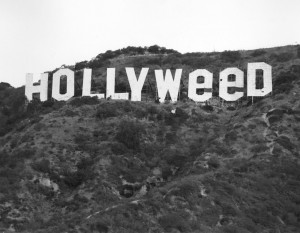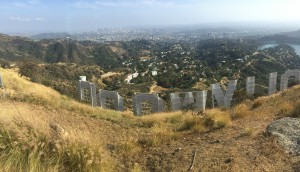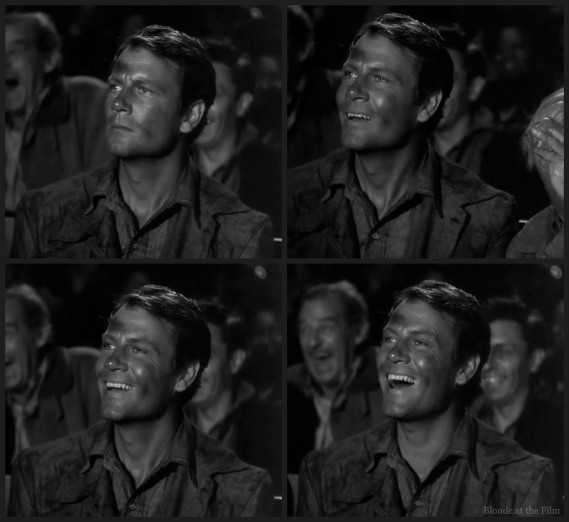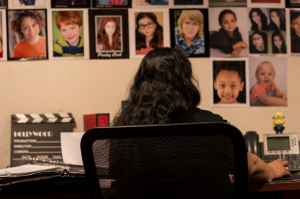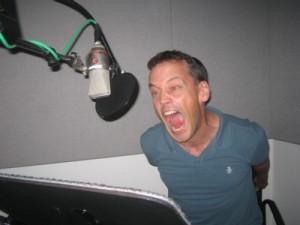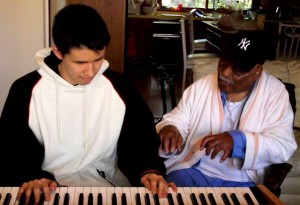In film, sound is, and should be, at the back of the viewer’s mind. Directors cannot write off a mistake in sound in the same way that they can talk about the exposure being off. When sound is off, the viewer is taken out of the film’s world. So many student films, including ones I have made, suffer because we do not record sound properly or do not have the time to create a full sound mix. The ambience can be too loud, ADR is improperly mixed in, and every now and then a distinct buzzing persists in the background. In Hollywood, studios have months to nail down every sound effect for movies. They sit in huge rooms with theatre quality sound systems and meticulously listen to every detail. 
The TV world is a little different. The sound mixing rooms are still very impressive, but the turnaround for each episode is much quicker. We were lucky enough to talk with John Cook, a CC alumnus, who has sound mixed for titles such as Parks and Rec, Hello Ladies, and The Office. When we met with him, he had just finished mixing an episode of Brooklyn Nine-Nine, Andy Samberg’s show. John and his partner only had a day to mix the episode, which they said is typical.
Their schedule is especially impressive when one takes into account the amount of different sounds present in a show or movie. Sound mixes for TV shows and films are incredibly intricate, and often are enhanced with — or completely comprised of — sounds created and recorded off set. These sounds are called Foley or just sound FX. Foley is custom-created for each show, while every studio has a sound library full of FX, which they then incorporate into their content. Sound mixers often have to change the sound’s EQ (which frequencies we hear), otherwise the sound effects will sound out of place. The same goes for ADR, or Automated Dialogue Replacement. If someone mumbles a line on set, actors will go into a studio and re record their lines. The lines said in the studio sound much different than those recorded on set, so the trebles, mids, and bass must be modified. Luckily for John, he has some pretty sweet tools to help him out.

For the class, I chose sound as my area of interest because when I graduate that’s the world of show business I would like to enter. So please excuse me while I nerd out for a second. As I mentioned above, one of the most difficult things is making Foley, FX, and ADR sound normal. I’ve spent an hour working on thirty seconds of dialogue and it still doesn’t sound right. But John! John has an app for that. It literally analyzes the sound for maybe fifteen seconds and then spits out something close to perfect. I was so taken away I accidently said, “That’s wicked,” really loudly. But it truly was wicked, and I’m really happy I got to see it with my own eyes.
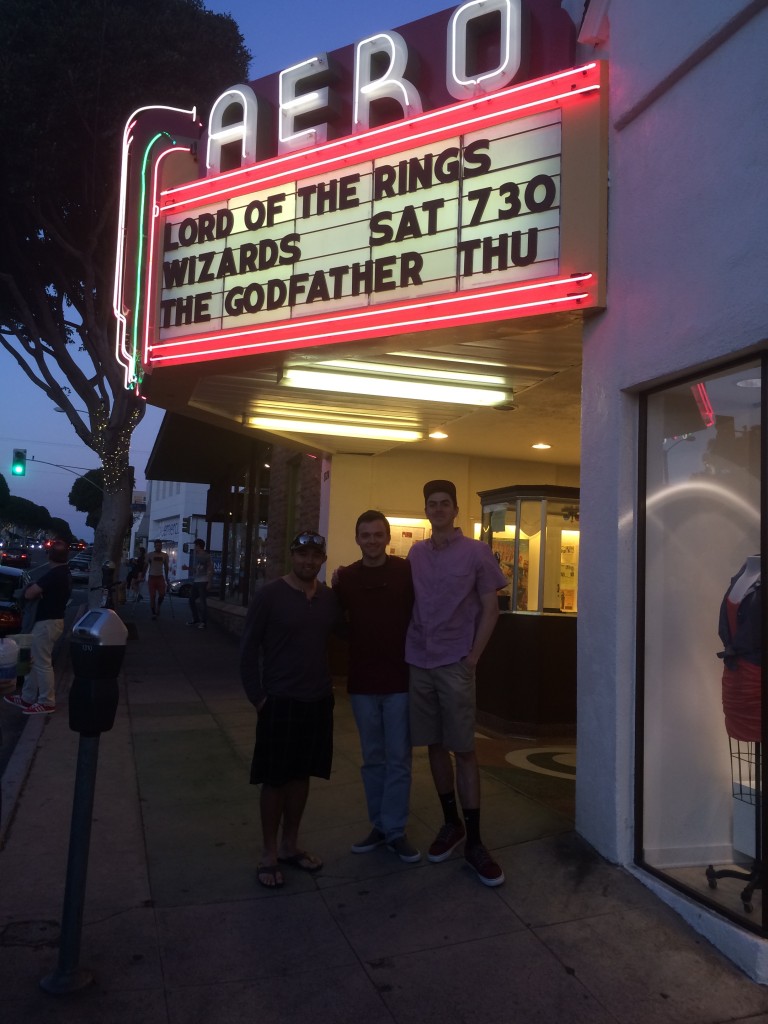
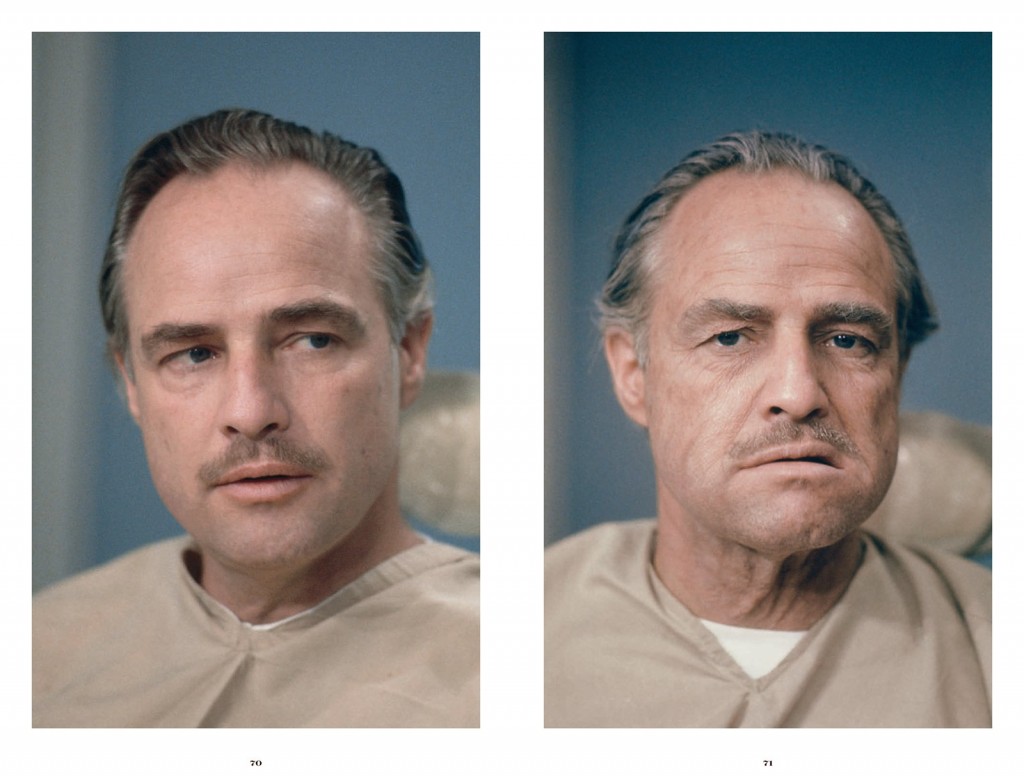
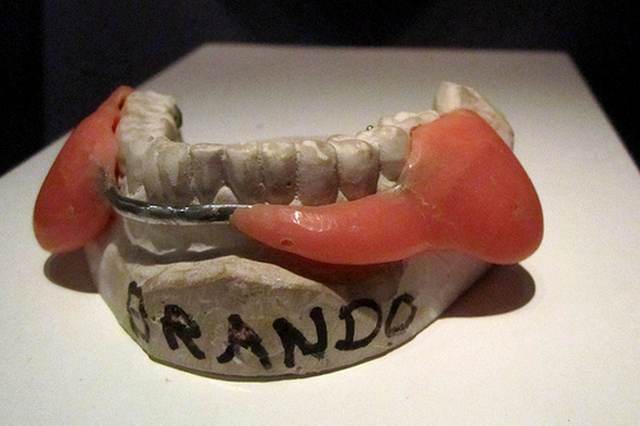
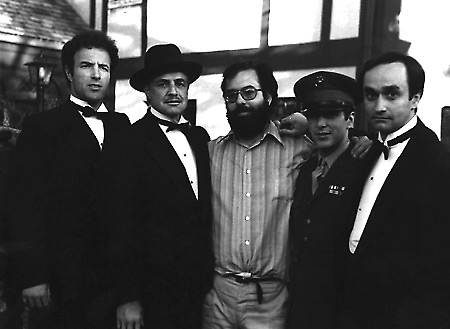


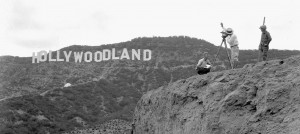 The original sign
The original sign